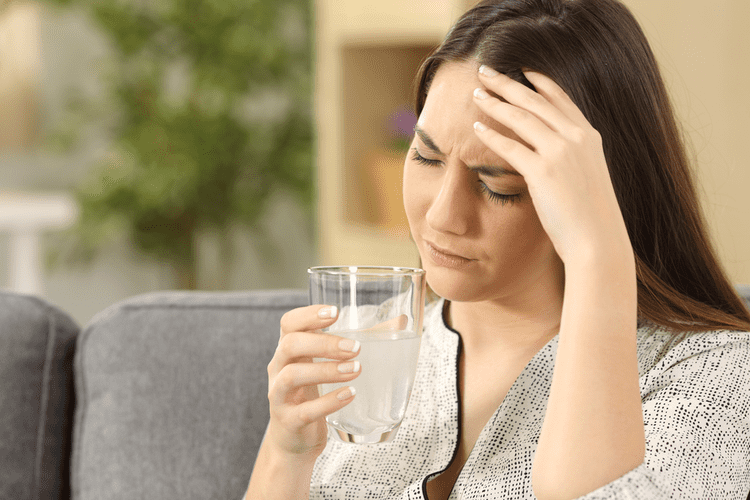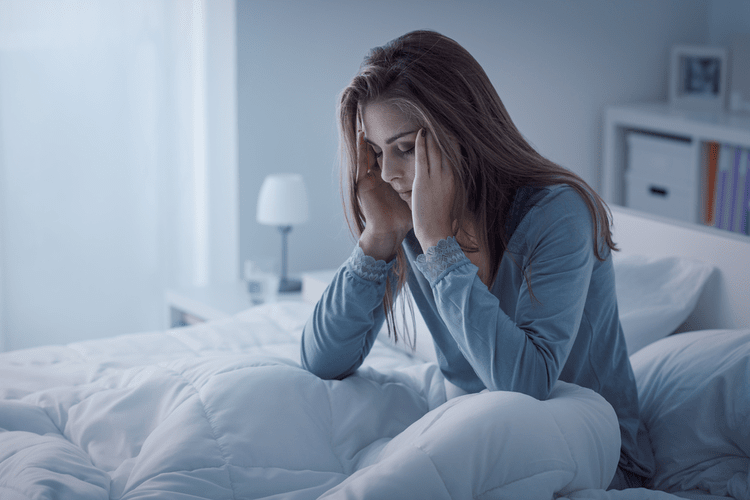In order to test the robustness of this definition, 2 sensitivity analyses were conducted. The first sensitivity analysis defined a participant as abstinent over the 12-month period if there was no opioid use on any self-reported measure (ie, past-week, past-month, and past 6 months) at 3, 6, 9, and 12 months. The second sensitivity analysis required participants to have a UDS that was negative for opioids in addition to no self-reported opioid use, as described in the first sensitivity analysis.

Medications That Support Detox
Addiction is a chronic brain disease that causes a person to compulsively seek out drugs, even though they cause harm. After completing a rehab program, individuals are encouraged to continue attending support meetings, engage in peer support, and explore outpatient therapy options. Many opioid rehab centers offer aftercare services, including relapse prevention programs, family therapy, and connections to support networks.
A closer look at individuals who died from opioid overdose during the overdose crisis
Support groups offer a space for people who have all suffered from addiction in the past to share their stories and provide insight. While many of these groups were once based around the 12-steps, there are other options now for recovery from opioid addiction people who have different needs. What it comes down to, however, is opening up to a sense of community. Similar to the outpatient process, intensive outpatient rehab allows people to maintain their lives outside of recovery.

How to Support a Loved One Through Detox and Rehab
Coined by the QuickMD team in 2019, the term “TeleMAT” refers to providing MAT to patients via telehealth, revolutionizing how individuals access life-changing care. That’s why QuickMD offers telehealth counseling services, giving you access to professional support no matter where you are. For just $45 per 30-minute session, you can connect with compassionate counselors who are here to listen and assist you in your recovery.
- It has a 78% recovery success rate, as well as a completion rate of 2.5 times that of traditional rehab, with more than 10,000 people treated.
- At The Forge Recovery Center, we’re committed to walking with you long after your program ends.
- Insurance coverage may be limited or nonexistent, leaving patients to bear the full financial burden.
- Specialized programs or luxury rehab centers may charge more due to their additional services, amenities, and individualized care plans.
In this article, we will explain the challenges you may encounter on the road to recovery. If you use over-the-counter pain medications daily, try these self-care approaches. They’re sometimes the right treatment for pain, but they’re never without risk. This rise in opioid overdose deaths can be outlined in three distinct waves. Clinicians should work with patients to incorporate into the management plan strategies to mitigate risk, including offering naloxone. Recommendations 6 and 7 address the duration of opioid therapy and routine patient follow-up.
- Of course, doing that means that you have to know your options first.
- We also wish to thank Nick Peiper for his insight and feedback on the community level datasets, Frank Mierzwa and the field research team for data collection, and Beth Lesher for medical writing assistance.
- The symptoms of post-acute withdrawal are less severe but last longer.
- As dependence develops, individuals may also experience withdrawal symptoms when reducing or stopping use.
- Behavioral changes are also significant; these include social withdrawal, irritability, mood swings, and decreased interest in hobbies or responsibilities.
Opioid Addiction Treatment & Rehab
Additionally, behavioral changes like mood swings, depression, hostility, sleeping or eating pattern shifts, and declining academic or work performance can signal substance issues. Physical cues also include a distinctive smell of smoke or burnt odors, tiredness, and evidence of intoxication such as slow movements or unusual dizziness. Emotional signs often involve heightened cravings, mood volatility, irritability, and https://ecosoberhouse.com/ an inability to control drug use despite negative consequences.
Outpatient rehab is an what is alcoholism ideal choice for people looking to go through recovery while maintaining their lives. While it is shown to not be as effective as inpatient rehab, it is a good choice for those who need to continue to live at home for professional, academic, and care-giving purposes. In almost every case, the path to recovery will start with detox, or detoxification.
